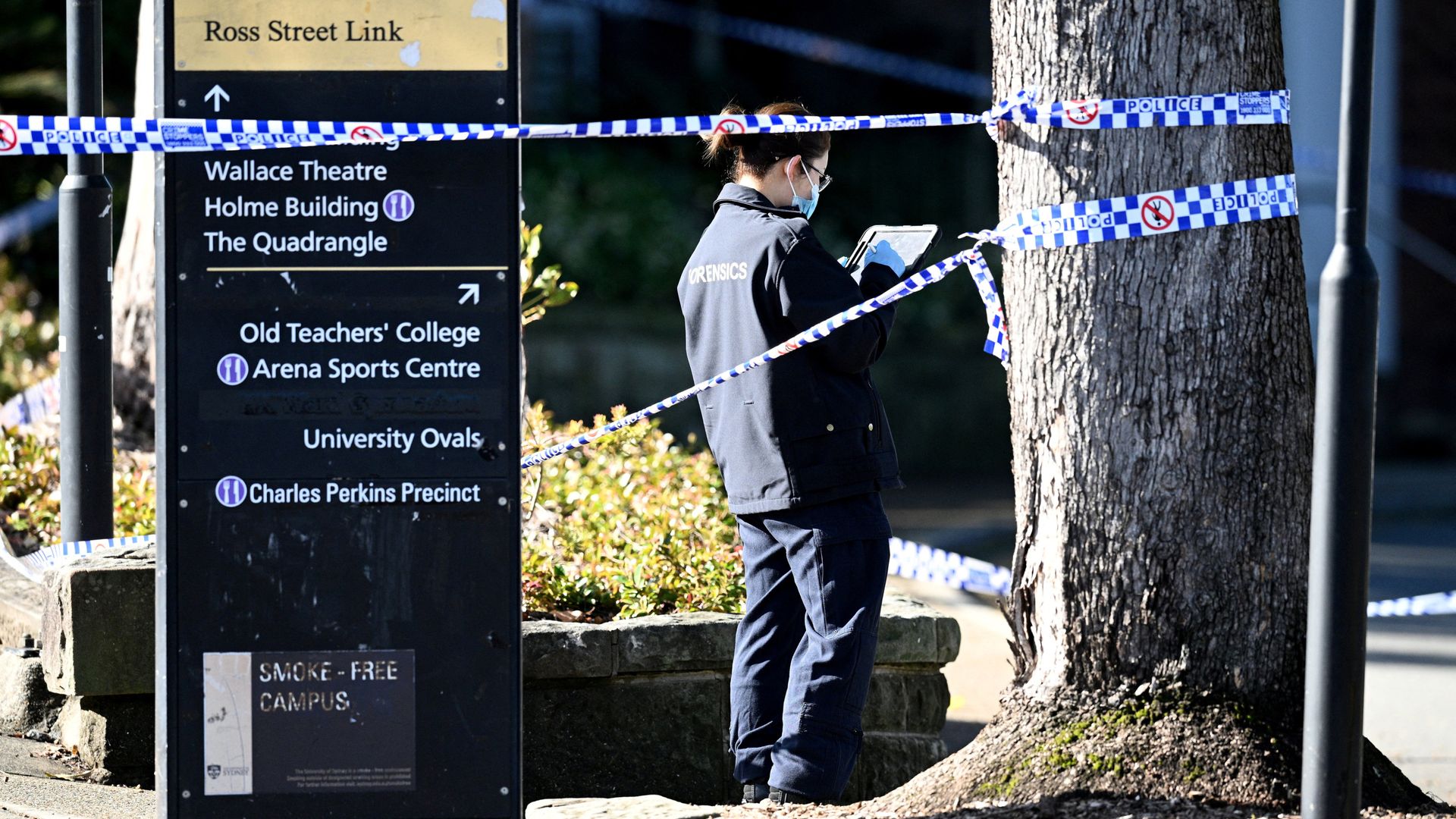The main story so far is a Conservative collapse. They have lost the Blackpool South by-election and more than half of the council seats they were defending.
If results continue like this it could be the party’s worst-ever local elections.
It’s still early on though. We have votes from about a third of councils but are still waiting for figures from London and the nine metro mayor areas.
Labour has made gains although there have also been losses in some areas, and many Conservative losses are falling to smaller parties and independents.
The Greens will probably be most pleased overnight, having more than doubled their tally of seats in councils that have counted already.
The Lib Dems have maintained council control in Eastleigh, Hampshire, and Hull, but have had an otherwise underwhelming night so far and will be hoping for more as other results come in.
Labour has gained control of four councils in total, including Redditch in the West Midlands, and Rushmoor in Hampshire – the home of the British Army, which they took directly from the Conservatives.
Rushmoor had never previously been under Labour control in the 50-year history of the council, and had been under Conservative majority control since 2000. Even Tony Blair failed to ever win there.
Labour did however lose Oldham, which is now under no overall control. They also failed to win key target seats like Harlow in Essex.
The Conservatives are at their lowest number of seats ever recorded in Portsmouth – Tory minister Penny Mordaunt’s backyard, and also in Peterborough.
They lost 13 seats in Peterborough but Labour only made four gains, with seven seats going to independents, and one each to the Greens and Lib Dems.
Conservatives lose Blackpool South with third highest swing since WWII
The Conservatives lost the Blackpool South by-election, with a swing to Labour of 26.3%.
It’s the seventh by-election loss direct to Labour since the last time these same council seats were up in 2021. Six of those losses have seen swings among the 10 highest recorded since WWII.
Reform recorded their highest ever vote share, of 16.9%. They had only been above 10% once, in Kingswood earlier this year. They are currently polling 12.4% nationally according to the Sky News poll tracker.
The result in Blackpool South is consistent with this national polling, and similar to how UKIP performed in the seat in 2015. But a better result may have been expected given the circumstances of the election – an MP from the governing party forced to resign over corruption issues.
Unwinding the Conservatives’ 2019 electoral coalition
The Conservatives are performing worst – and Labour best – in areas that voted most strongly to leave the EU in the 2016 referendum.
Labour is also performing stronger in areas with fewer graduates and with more people in working-class occupations.
This points to Labour perhaps being able to translate their votes more efficiently to seats in a general election, where it needs to win back many working class, leave voting areas that turned to the Conservatives last time around.
Labour’s progress looks significant when compared with the last time these seats were up in 2021, as would be expected with the party 20 points ahead in the polls, but if we compare with last year’s local elections it is more limited.
Among the wards we have results for so far their vote is up more than seven percentage points compared with 2021, but less than one point compared with 2023.
They are also currently losing votes from last year in areas with higher Muslim populations.
With two-thirds of council results still to come, as well as all the mayors (and don’t forget the police and crime commissioners) there’s still time for all this to change, so keep checking back on this page which we’ll be keeping updated throughout the course of the day and weekend.
Charts, analysis and reporting by Prof WIll Jennings, Daniel Dunford, Joely Santa Cruz and Conor O’Neill.
The Data and Forensics team is a multi-skilled unit dedicated to providing transparent journalism from Sky News. We gather, analyse and visualise data to tell data-driven stories. We combine traditional reporting skills with advanced analysis of satellite images, social media and other open source information. Through multimedia storytelling we aim to better explain the world while also showing how our journalism is done.




